Advertisement
The most comprehensive study to date of long-term outcomes and trends
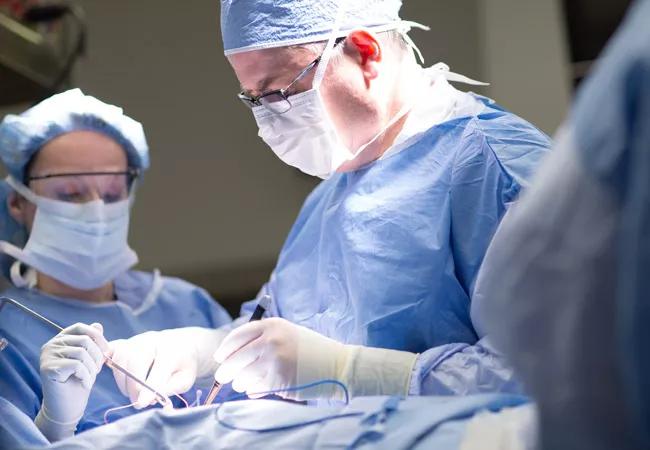
Over the past 17 years, nipple-sparing mastectomy (NSM) has been increasingly used for the prevention of breast cancer (BC) in selected high-risk patients. Most patients who have BC risk reduction surgery choose NSM and are pleased with the results. But evidence is limited on whether NSM is effective in preventing breast cancer, especially over the long term.
Advertisement
Cleveland Clinic is a non-profit academic medical center. Advertising on our site helps support our mission. We do not endorse non-Cleveland Clinic products or services. Policy
Cleveland Clinic conducted the most comprehensive single center study to date of NSM risk reduction, looking at trends in patient characteristics, indications and long-term oncologic outcomes.
Cleveland Clinic was an early adopter of NSM which was developed by breast surgeon Joseph Crowe, MD. Since 2001, NSM has been offered for BC risk reduction in high-risk patients with these indications: a genetic predisposition to breast cancer, a history of high risk or atypical breast lesions, a strong family history of breast cancer and a history of mantle irradiation. From 2001 to 2017, 272 bilateral NSMs were performed on 136 patients (135 female and one male) with a median age of 41. The study, which appears in the British Journal of Surgery, analyzed this group of patients.
With the growing use of genomic testing in clinical practice, the percentage of patients having NSM for a mutation in a BC-associated gene increased significantly to 76.5 percent, making it the most common indication for the procedure. The initial genetic indications for NSM were BRCA1 and BRCA2 and later included PTEN, TP53 and ATM. This is the first reported series to document the use of NSM for all of these mutations.
BRCA mutations, the most common BC-associated genetic mutation, are associated with up to an 87 percent lifetime risk for developing BC. For PTEN, TP53 and ATM, BC risk is up to 85 percent, 90 percent and 60 percent respectively. As genetic testing becomes more widespread and penetrance estimates more precise, bilateral NSM for other genetic indications will likely become more common.
Patients with a history of mantle irradiation are known to be at elevated risk for BC. This is one of the first series that includes patients (three) having NSM for this risk indication.
The mean and median follow-up for all patients were 53 and 38 months respectively, the longest yet reported. For 61 patients, the follow-up was greater than four years. No patients developed breast cancer. By comparison, in a report of 63 patients with BRCA mutations who had surveillance, 12 percent developed breast cancer at a mean follow-up of 2.9 years.
“This study adds to existing evidence that nipple-sparing mastectomy is a safe option,” says Stephen R. Grobmyer, MD, Director of the Breast Cancer and co-leader of the Comprehensive Breast Cancer Program at Cleveland Clinic. “It is the most effective way to reduce breast cancer risk in patients with genetic mutations and other factors associated with elevated breast cancer risk. Patients considering breast cancer risk reduction should be informed of this option.”
However, he notes, “risk-reducing surgery is not the only option for patients at elevated risk for breast cancer. Intensive surveillance and chemoprevention are options that may be suitable for some patients as well.”
Advertisement
Cleveland Clinic breast surgeons are “continuing to work on evolving nipple-sparing mastectomy to simplify reconstruction and restore sensation to make it an even better procedure. Until we have better ways to prevent breast cancer, nipple-sparing mastectomy is a good option for some patients,” says Dr. Grobmyer.
Advertisement
Advertisement

Study demonstrates superior visualization of occult primary lesions

New device offers greater tumor control for malignant liver lesions
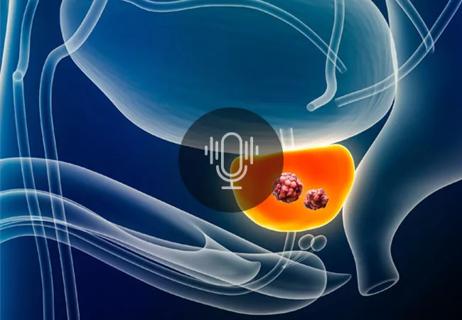
Patient factors and cancer characteristics are key to deciding between focal therapies and whole gland treatment
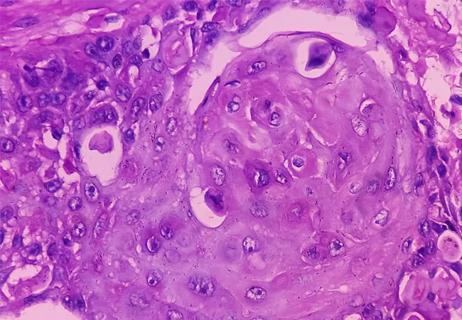
Rare cancer presents as unresolved changes of the nipple
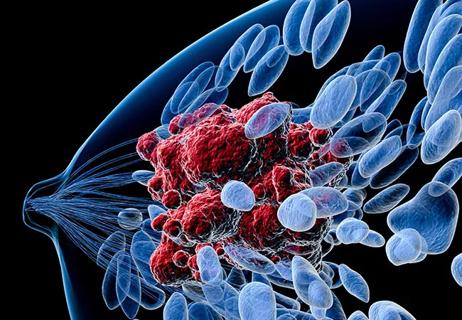
Are we ready for ‘observation’ of lesions found on core needle biopsy?
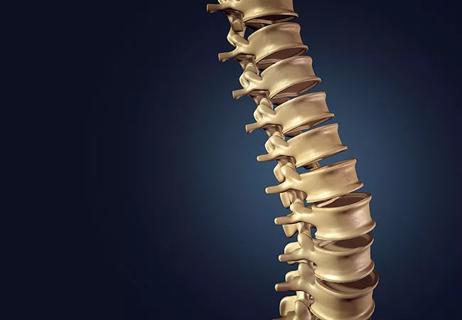
Two-day procedure prevents neurologic compromise for octogenarian

Preoperative chemotherapy enables successful surgical resection
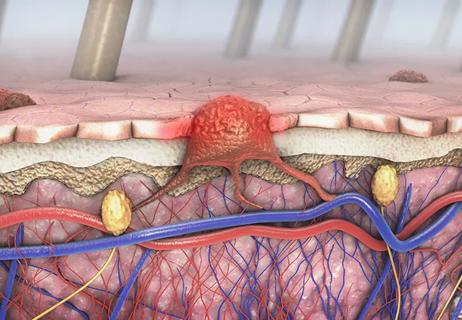
Study finds high levels of a CD8 T-cell subpopulation to be predictive of ICI resistance